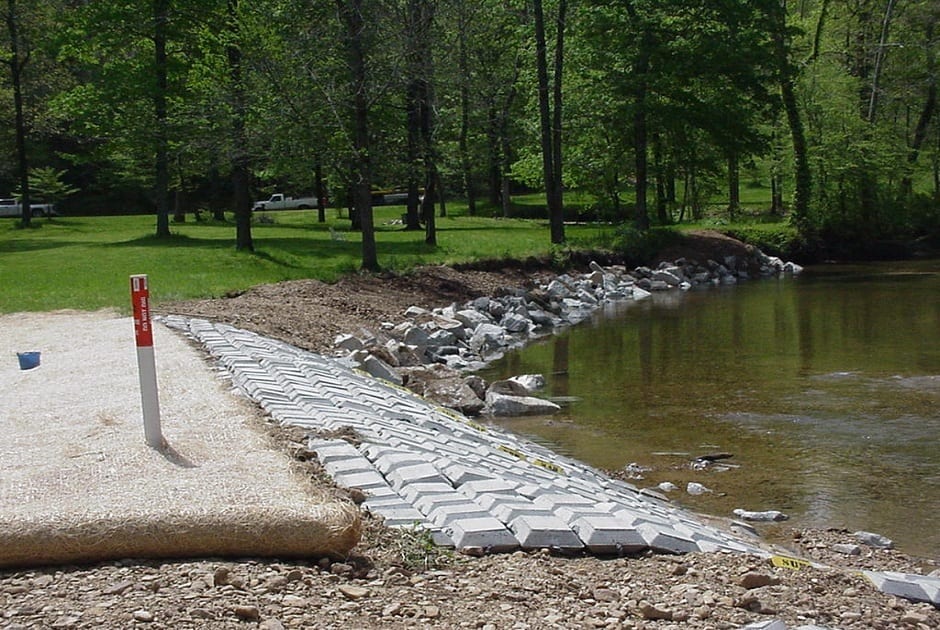One of the most effective methods for streambank stabilization is the use of compost blankets. Compost blankets are layers of compost that help to secure the topsoil on a streambank and encourage vegetative growth.
How Can Compost Blankets Help?
One of the ways that compost blankets prove to be effective is in absorbing rainwater. Without a compost blanket, rain often washes away topsoil. That creates runoff, which could expose a pipeline and increase the risk of weathering or cracking.
Research from The Soil and Water Connection shows that a four-inch compost blanket can absorb 80 percent of rainwater. Studies also show that sheets can reduce runoff by more than 50 percent and total sediment loads by nearly 40 percent.
Compost blankets can also be a practical solution because they can encourage vegetation. When vegetation takes hold on a streambank, the risk of erosion and runoff is reduced significantly. Compost acts as a natural fertilizer that can stimulate growth and cut the risk of pipeline exposure significantly.
Types of Compost Blankets
Two types of compost blankets are used in the oil and natural gas pipeline industry. Compost Erosion Control Blankets are designed exclusively for slow stabilization. The compost should be applied at 1.5” – 2” depth. The other option that companies have is a Compost Stormwater Blanket, which should be applied at 2” of depth.
Combining Stabilization Control Methods
The best way to use compost blankets is in conjunction with other stabilization control methods. For instance, compost blankets are especially beneficial when used with Submar mats. Submar mats are flexible articulated concrete mats that help to keep soil in place. The mats have slots in them that encourage vegetative growth. When laying the mats on top of a compost blanket, runoff is practically eliminated.


